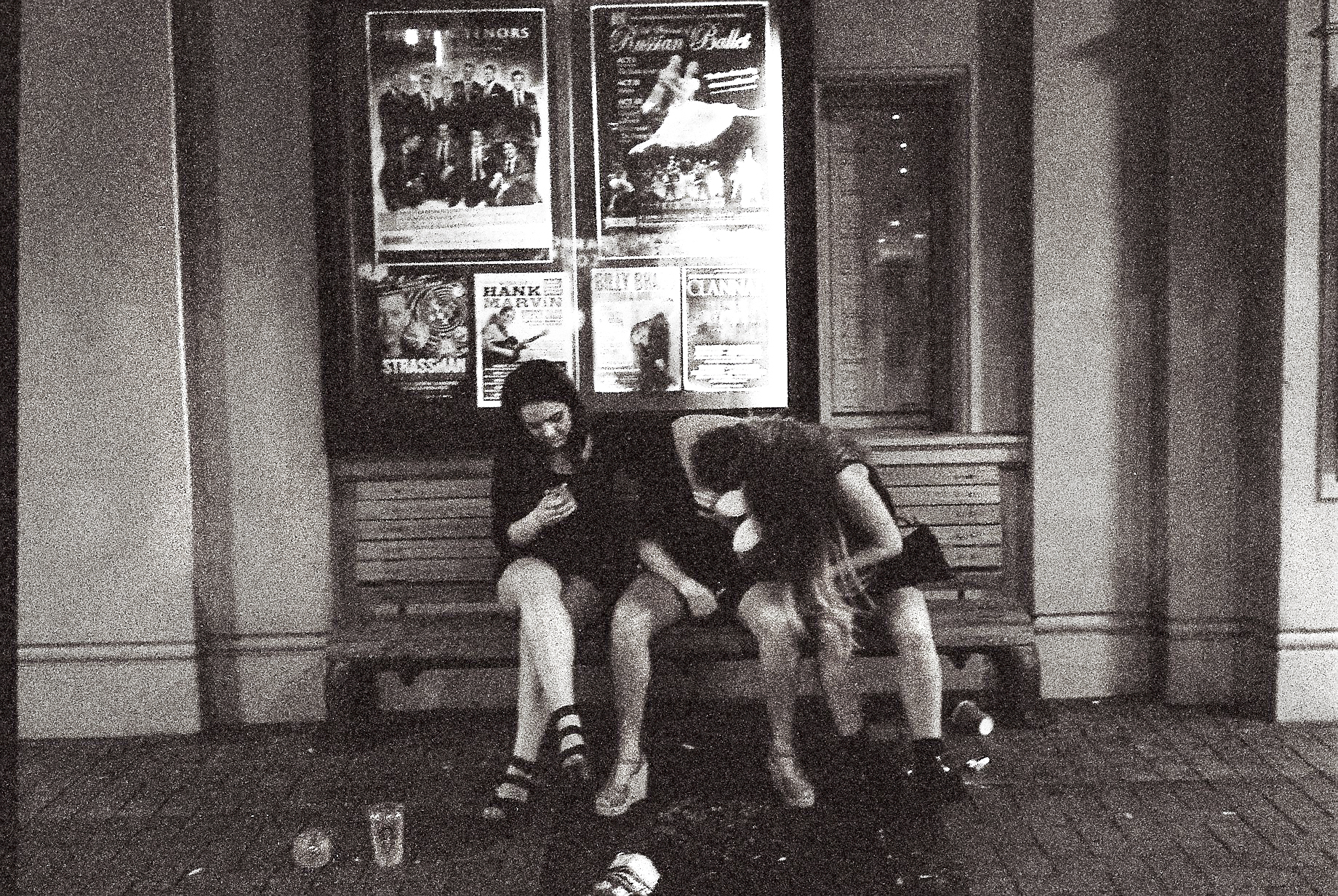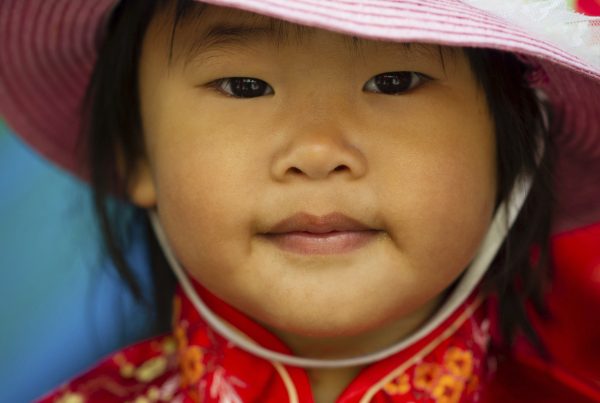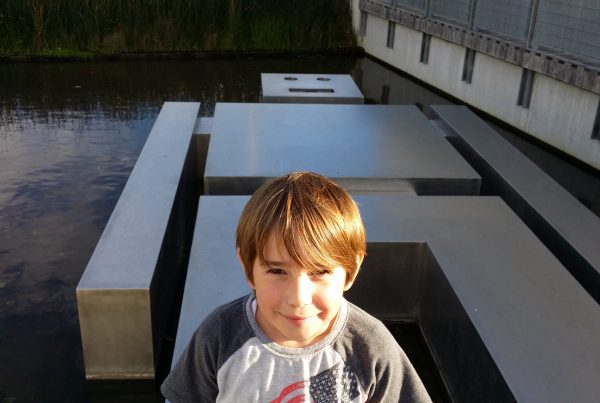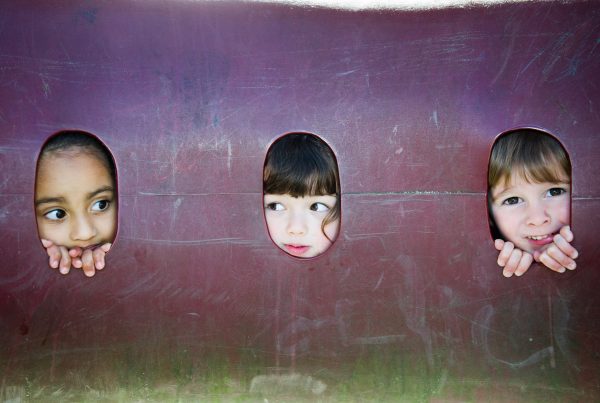Made in Wellington is a spontaneous, off-the-cuff documentary project to introduce a newly formed group of Wellington-based photographers who are passionate about using photography to document the world around them, and to learn about different groups of people and cultures along the way.
Meeting on the first Friday of the month, Kaititiro: Wellington Documentary Collective aims to establish a photographer’s collective specialising in reportage and social documentary photography. It is a collaborative project, providing a shared space for mutual support, creating a forum for projects and ideas, and building a platform to share resources, raise funds and showcase photographic work.
The collective aims to produce individual and group work on topical issues, and to be a source of innovative and powerful imagery, creating dynamic and compelling visual stories on social, cultural and environmental themes.
photoshelter.com/va/wdc
Caroline Atkinson
Hills Hats: Behind the scenes

Stepping foot in the factory is like travelling back in time. I was overcome with the sense of, in the most respectful way, ‘the good old days’. Careful, unique, quality craftsmanship. One hat at a time.
It may be a time-worn sewing machine or a stack of designer hats, but whatever the point of focus these images provoke a range of feelings. For me, they include mystery, nostalgia and local pride.

Atkinson’s Hills Hats project was sparked by her passion for vintage clothing and the fashion industry, as well as her interest in what, where and how garments are still being made in Wellington.
[info]Camera: Nikon D600 | Lens: SIGMA 35mm | Focal distance: 35mm | Aperture: 1.4 | Speed: 1/20 to 1/60 [/info]carolineatkinsonphotography.co.nz
Emmanuelle Charmant
Deluxe Industries

After at least 20 hours of hard work, the rough-edged wooden plank will be magically transformed into a surfboard. Whether surfers are crazy superheros flying on waves, or laidback long-boarders catching an easy ride, this guy is a wizard who makes dreams a reality.

Eventually, the pattern design and resin layers will come. After further sanding, to smooth and blend any surface imperfection, Crisp’s hands finally give birth to objects coveted by surfers around the globe – all Made in Wellington.
[info]Camera: Fuji X100 | Lens: 23mm, equivalent to a 35mm fixed focal | Focal distance: 23mm | Aperture: 8.0 | Speed: 1/125[/info]
Antony Kitchener
Courtenay Place 3am

Antony Kitchener is a freelance photographer and photojournalist who trained as a photographer with the National Council for the Training of Journalists (NCTJ). He has a strong interest in documentary photography, focusing on social, humanitarian and environmental issues.
A selection of Kitchener’s images won the Student Images of the Year for Excellence in Journalism award 2010, and he exhibited his photo-essays at Federation Square in Melbourne, Australia, as part of the 2011 and 2012 Strip Billboard initiative on documentary photography. Local exhibitions have focused on themes of homelessness, marginalisation and dissent.
[info]Camera: Voigtlander Bessa R3A | Lens: Voigtlander Nokton 40mm f1.4 | Aperture: 5.6 to 2.8 | Speed: 1/125 to 1/15[/info]
Elias Rodriguez
Crazy, Otari-Wilton’s Bush

The series of images from which this picture are taken aim to capture a certain atmosphere – sublime, untamed nature. Taking inspiration from early New Zealand photographers such as Frank A. Coxhead and D.L. Mundy, I took my $15 Trade Me-purchased 35mm camera and some rolls of black and white film, and followed streams into the bush. This is a side of Otari-Wilton’s Bush that people may have not seen before: there is remarkable nature in our own backyard.
[info]Camera: Nikon F‑55 | Lens: Nikon AF‑S DX Nikkor 18–55mm VR | Focal distance: 24mm | Aperture: 5.6 | Speed: 1 second[/info]
Mark Tantrum
St James Parking building, June

I’ve covered a lot of the mainstream sports in New Zealand. They are always a lot of fun, especially working with international sporting media, but I am inspired and amazed by the high levels of creativity and innovation in adventure sports. I love working with the athletes and choosing areas of Wellington CBD or surrounding landscapes to work with photographically.





